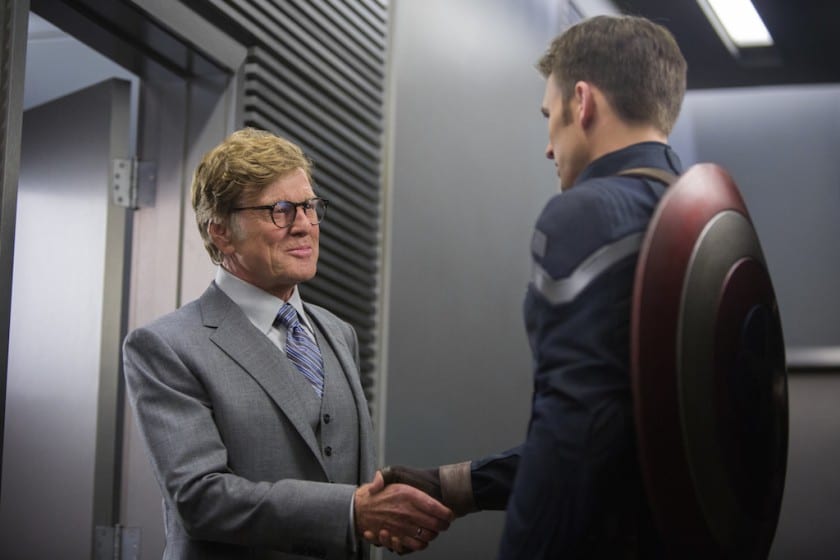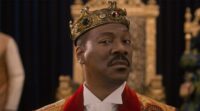In the early 1970s, an air of paranoia and suspicion permeated American politics, coming from a distinctly paranoid and crooked President Richard Nixon. This air permeated down from the White House into society, eventually bubbling up through the collective unconscious to inspire a wave of paranoid, conspiracy minded thrillers. In this piece I will look at three of these films, all directed by Alan J Pakula: Klute (1971), The Parallax View (1974) and All The President’s Men (1976) and how they created their air of mistrust and fear. Then I will look at the conspiracy and paranoia around the Trump White House and how the scandal around that presidency is similar but markedly different from that which was brought down by Watergate. One difference between the Nixon and Trump scandals is the cultural response. The Hollywood response to Watergate is in clear contrast to the Trump years and I will also turn an eye to that and possible explanations as to why.
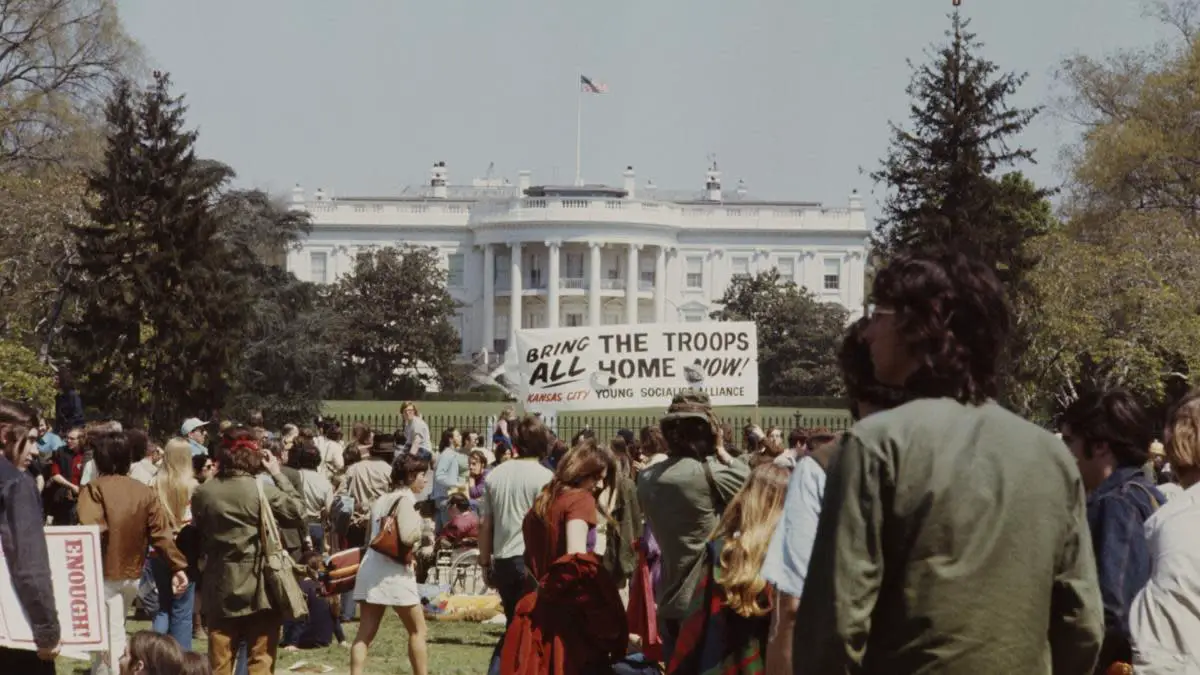
Into the ’70s
Has there ever been a time of such raging division, uncertainty and fear in the world? A storm of ego, paranoia and deceit swirled around the White House like the city block dubbed Spook Central at the end of the first Ghostbusters film. The last time the president’s abode was mook central was in the heady days of Nixon in the early 1970s. Tricky Dicky’s embattled last days were a cocktail of power, paranoia, incompetence and criminality. It resulted in the impeachment of the President, his eventual resignation from office and the criminal convictions of multiple men in his administration. The scandal lasted three years, yet Nixon won the biggest landslide in US electoral history in the midst of it in 1972. It took the persistence of investigative journalists Woodward and Bernstein at the Washington Post to break the president’s case and, as a side effect, the national confidence in their political system and leaders.
Watergate was only the most damning scandal that contributed to the darkening malaise over America as the ’60s fermented into the ’70s. The scandal itself arose from the arrest of a group of men who had broke into the Democratic party headquarters in the Watergate Hotel in June 1972. The burglars, it transpired, were paid with cash from the committee to re-elect the President (known, uncannily, as CREEP). From there a whole sordid web of activities before the Watergate break-in, including more burglaries to get incriminating information against political opponents and the leaker behind the Pentagon Papers expose of the conduct of the Vietnam war, came to light. Worse, it became clear that Nixon was, despite his continual denial, personally involved in the cover up of the activities, including committing perjury and obstruction of justice. While the burglary happened in June 1972, it took until August of 1974 for Nixon to resign from office, in order to protect the taped conversations that would condemn him in a Senate hearing.
As well as the criminal activities of the Nixon team, what came out was the sheer level of paranoia and suspicion that filtered down from the President to every aspect of the administration. Nixon’s team and supporters saw enemies everywhere: the “liberal” establishment of the press and media, the legal, political and education system in a kind of unholy alliance with the youth counter-culture.
1960s cinema remained an escape from the nightly television news of Vietnam and protests. But as the 1970s began, so did a change. 1971 saw gritty crime dramas The French Connection (William Friedkin) and Klute (Alan J Pakula). While 1972 belonged to Nixon and The Godfather (no connection inferred), 1973 saw a slew of films of a distinctly darker tone, all suffused with an air of suspicion and paranoia. Chinatown (Roman Polanski), The Long Goodbye (Robert Altman), Soylent Green (Richard Fleischer), Serpico (Sidney Lumet), The Day of the Jackal (Fred Zinnemann) and Executive Action (David Miller) all had lone characters in a world of shadows and corruption, where trust is replaced with suspicion and the pillars of society that we rely on to live are eroded and rotten.
The Paranoia Trilogy
This mood of fear and distrust was captured by a loose troika of films by New Yorker Alan J Pakula that came to be known as “the paranoia trilogy.” Though not connected by character or plot, nor intended as such at the time, they have since been grouped together thanks to their mood, subject matter and the brilliantly dark cinematography of William Goldman, who lensed all three.
Klute
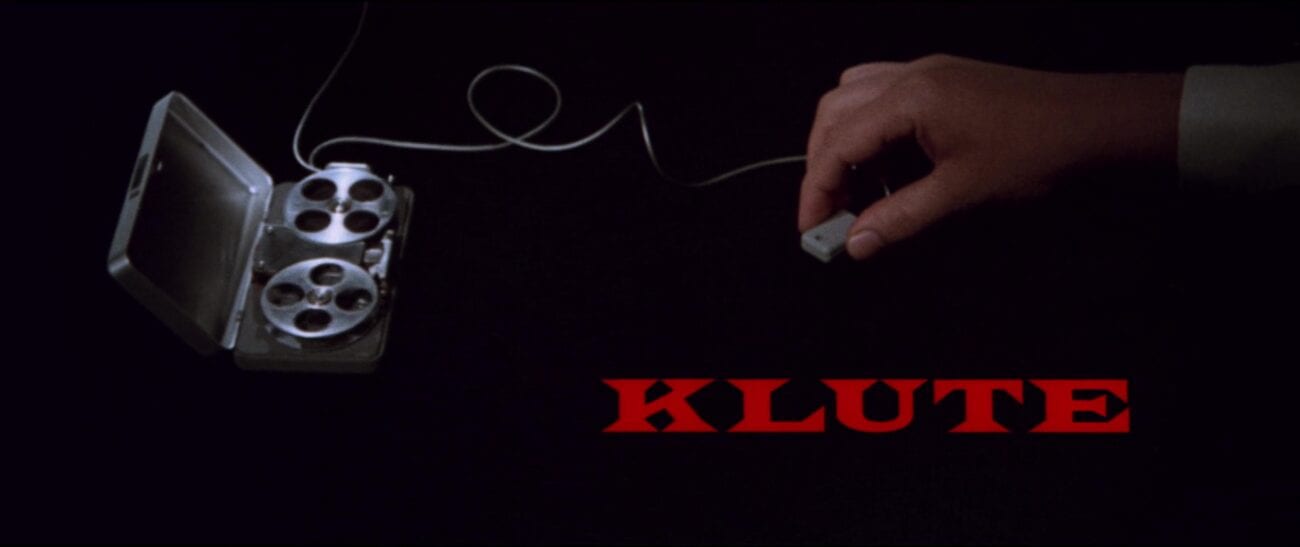
Klute was Pakula’s second film, after an earlier comedy starring Liza Minelli (The Sterile Cuckoo). Ostensibly a crime thriller set in the mean streets of New York, it concerns call girl Bree Daniels (an Oscar winning performance by Jane Fonda) and private detective John Klute (Donald Sutherland) in the hunt for a missing chemical company executive who had been a client of hers. Like The French Connection, released the same year, the story wends its way through a seedy underworld of clients, strung out prostitutes, pimps and shady businessmen. This is a pitiless world, one where Bree has suffered arrest, discrimination and dismissal in her attempts to make a living. The figures of authority here—from the police to the businessmen and the therapist she visits regularly—offer little to no sympathy or protection from the abusers and killers and dealers that prey on her.
Pakula’s camera often keeps a cool distance from his actors and they are framed through furniture, long corridors, dirty windows and crowds, lost in shadows that encroach on more of the screen than is actually lit. Klute follows Bree, to get her to aid his investigation, to an audition (she is a part-time actor and model, too), to one of her clients in a garment factory, and later to a club. Each time we see him isolated in close up impassively watching. Throughout the film, Bree is also being watched by the killer and Pakula muddies the waters by offering us the same surveillance-like long shot when dealing with the killer as when dealing with Klute; they both follow, tape and makes demands of Bree, they disapprove of her lifestyle. Might Klute be the killer? No, John is as much in the dark as Bree. The killer is the man who hired him, colleague of the missing exec and woman-hating trick Peter Cable. Klute is an early precursor for a later conspiracy theorist and detective, The X-Files’ Fox Mulder (David Duchovny), in that he finds himself investigating those who employ him, an expression of inter-generational distrust that was prevalent in the late ’60s/early ’70s.
The Parallax View
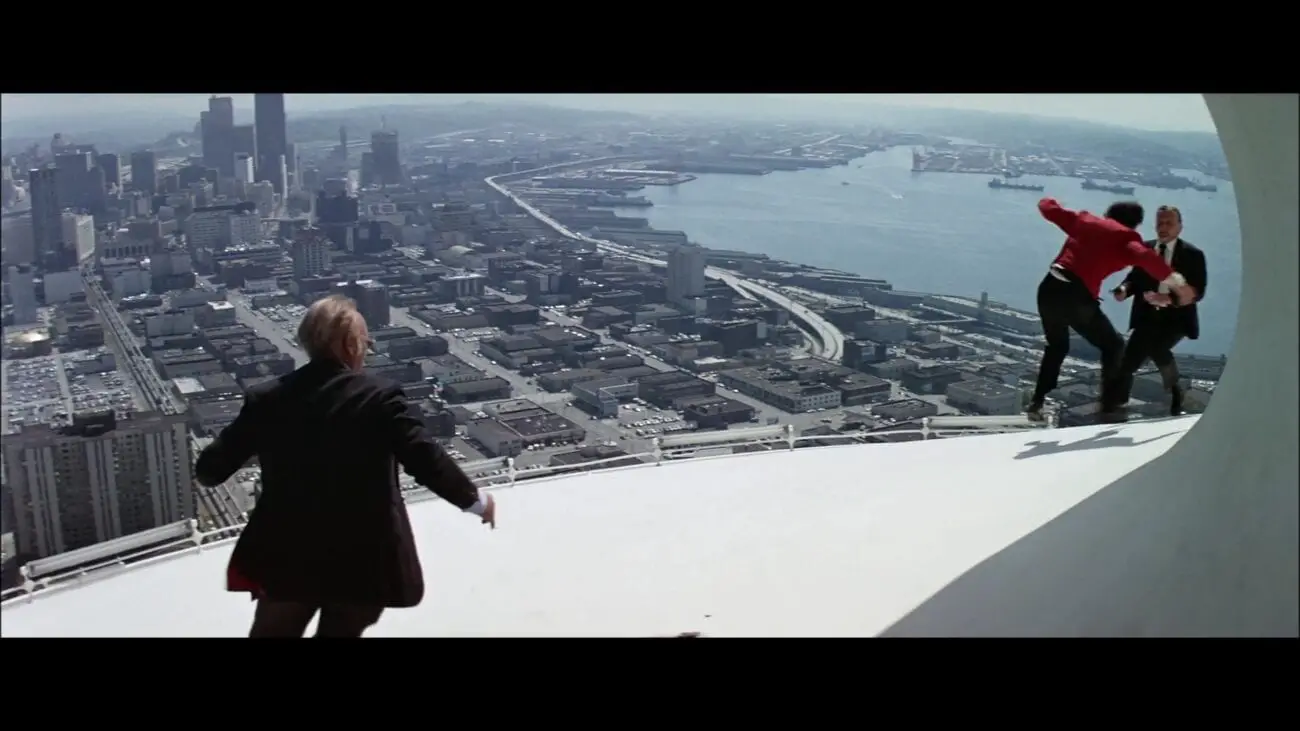
Pakula made The Parallax View in 1974, adapted from a 1970 novel by Loren Singer about a shadowy corporation that carried out political assassinations, focusing on JFK.
While the book focused on the assassination of JFK, the film presented a fictional senator and presidential candidate Charles Carroll, modelled somewhat on Robert Kennedy, who was assassinated during his presidential campaign in 1968. It starred Warren Beatty as Jo Frady, a dashing, muckraking journalist who witnesses Senator Carroll’s assassination at an event at the Seattle Space Needle. Three years later, and after a congressional committee found no conspiracy, Frady receives a visit from a distraught friend, Lee Carter, who also witnessed Carroll’s assassination. She warns Frady that six other witnesses have recently died under suspicious circumstances and she fears for her life, but Frady dismisses her fears as conspiracy. However, in a sharp cut from motel room to cold, clinical, morgue where Carter is taken after a “road accident,” he is shocked enough to set out on the trail of this conspiracy himself.
Frady assumes the role of Klute, though in this film the roles and locales are inverted: Klute was the prim country boy delving into the dirty city, Frady is the city scoundrel who has to venture out to small town America to uncover the truth.
Pakula’s framing of architecture, environment and the human figures within them is brilliant–-reminiscent of Antonioni’s 1960s films. The opening shot of a Native American totem pole eclipsing the Seattle Space Needle, the giant concrete dam where Frady fights the local sheriff, the modernist architecture of the Parallax corporation’s building and the thrusting, metallic potency of an airline’s jet engines, all serve to show the characters as insignificant against these impassive and immovable structures. They are also testaments to man’s achievements—towering structures, dams and aircraft that defy nature; what can one man hope to accomplish against such ingenuity and strength?
The film is full of unexpected cuts or outcomes, such as Frady, not the sheriff, getting out of a police car after their fight, or to someone playing computer pong in a science lab revealed to be a lab chimp. There are jarring cuts from dark interiors to wide open exteriors. Plot events happen off-screen and we have to put them together ourselves. We are always playing catch-up, waiting for an unexpected twist to what has been playing out before us. The director is part of the conspiracy and we align with the lone hero trying to unravel the mysteries and forces arraigned off-screen.
One of the sceptics Jo battles with is his own editor, who is as interested in Frady’s conspiracy as Frady was to Carter, earlier.
“You go expecting these things to happen and they do,” he tells Jo, echoing his earlier line of
“We report the news, we don’t make it.”
No audience in 1974, with the revelations of Watergate on the nightly news, would not find this line ironic, and it would likely serve to align them with Frady.
Later, Frady has another exchange with his editor:
“You’re telling me that you alone can uncover what all those agencies couldn’t?” his boss asks.
And thereby lies one of the great weights of the one who is on the trail of the conspiracy: it is a loner’s job, against everything that is established as accepted and true and fair. Frady believes a corporation trains and hires out assassins for political or business purposes, often to government and law enforcement agencies. To claim to have discovered this is to elevate oneself above all the others, to say that you and you alone have worked it all out. In Pakula’s next film All The President’s Men, a similar line is delivered by one of the sub-editors:
“When did the Washington post get the monopoly on wisdom?”
Such a statement is often accompanied with derision. The lone investigator becomes the antithesis of the lone gunman, and by the end of Parallax, that blurring is made clear as Frady is framed as the assassin.
The conspiracy theorist lends themselves to the Hollywood film more than we might care to admit. Hollywood loves the outsider, the singular hero with qualities that make him (and it invariably is a him) better suited to protect and serve the society that is being ruled over by a corrupt authority. But always the hero acts to protect the system, the society, not to tear it down. This furthers the parallel with the lone gunman, who acts out of a twisted notion that action at any cost, including murder, must be carried out in order to better serve the country.
All The President’s Men
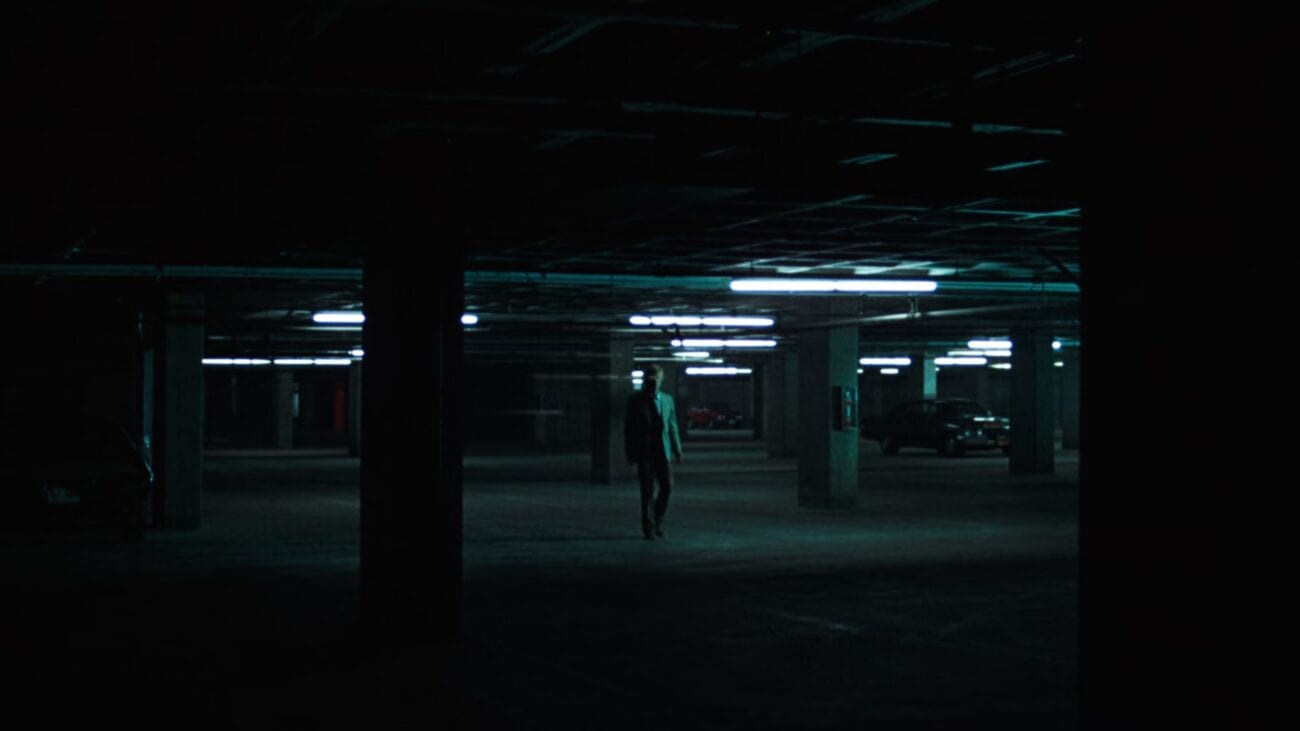
Parallax was released in June 1974, while the US was still reeling from the daily revelations of the Watergate scandal. It would take two years for Pakula to release his next film, All The President’s Men. By April 1976, most of the Watergate conspirators were in jail (except Nixon, pardoned by his successor Ford), and the public appetite for this dark time was reaching its end. Nevertheless it was the fifth highest grossing film in the US that year, and garnered four Oscar wins.
President’s was something of a departure from the two previous films. It was based on fact, the screenplay adapted from the book of the same name written by Washington Post journalists Bob Woodward and Carl Bernstein. It was a story well known to the American public. Yet, with Pakula’s direction and starring two of Hollywood’s hottest stars, Robert Redford and Dustin Hoffman, the film is the most assured and driven of the three. It has the least action, without any car chases, shootings or brawls. It is dialogue heavy and the restraint behind the camera shows director Pakula and cinematographer Goldman at the peak of their powers.
The subject, if not the star, of the film is Washington itself—the city, and the seat of government. The Washington of President’s is a dead city, an ancient ruin haunted by the ghosts of truth, justice and American Presidents past. Pakula shoots the city as anaemic mansions and labyrinthine corridors echoing with what might have been. Woodward and Bernstein are febrile priests out to exorcise this cancer on the presidency, chasing after lost souls that are running scared or sheltering in the shadows cast by the great dark mansion at the heart of it all—the Nixon White House. Every face is afraid, every voice a scarce whisper in case their telling the truth conjures up the spectres that are running the show. The sins of the President’s men are the dirty secrets that none dare speak of. Instead a terrified silence brought on by smears and denials chokes out the scant light that remains; the light of a cigarette in an underground car park, a lamp in a frightened book keepers living room. The only location full of light is the Washington Post office—a cathedral of those blinded by seeing, still unable to believe in the horrors of the haunted city outside.
Pakula’s trilogy heightened the scale of the danger with each entry. Beginning with Klute, the character’s loss of trust was in the police and, to a lesser extent, the world of business. The Parallax View said that everything from local law enforcement, the FBI, friends and colleagues are untrustworthy. By the time of All The President’s Men, nothing can be trusted. Everyone is afraid and won’t speak up out of fear of whatever is out there, always watching, always listening. Many of these dangers, while dismissed as conspiracy and unbelievable nonsense at the time, all came out in the course of the Watergate scandal. The fictions of Parallax, and Klute, however much they may have referenced reality, had become dramatised fact.
Watergate served as something of a confirming triumph for those who had not believed the official explanations of events such as the assassinations of JFK, RFK and Martin Luther King, of COINTELPRO, the Pentagon Papers and the actions of law enforcement agencies toward anti-war and civil rights protestors. The counter culture of the late ’60s now had a counter-narrative to the official history as told by their government.
Out of the ’70s
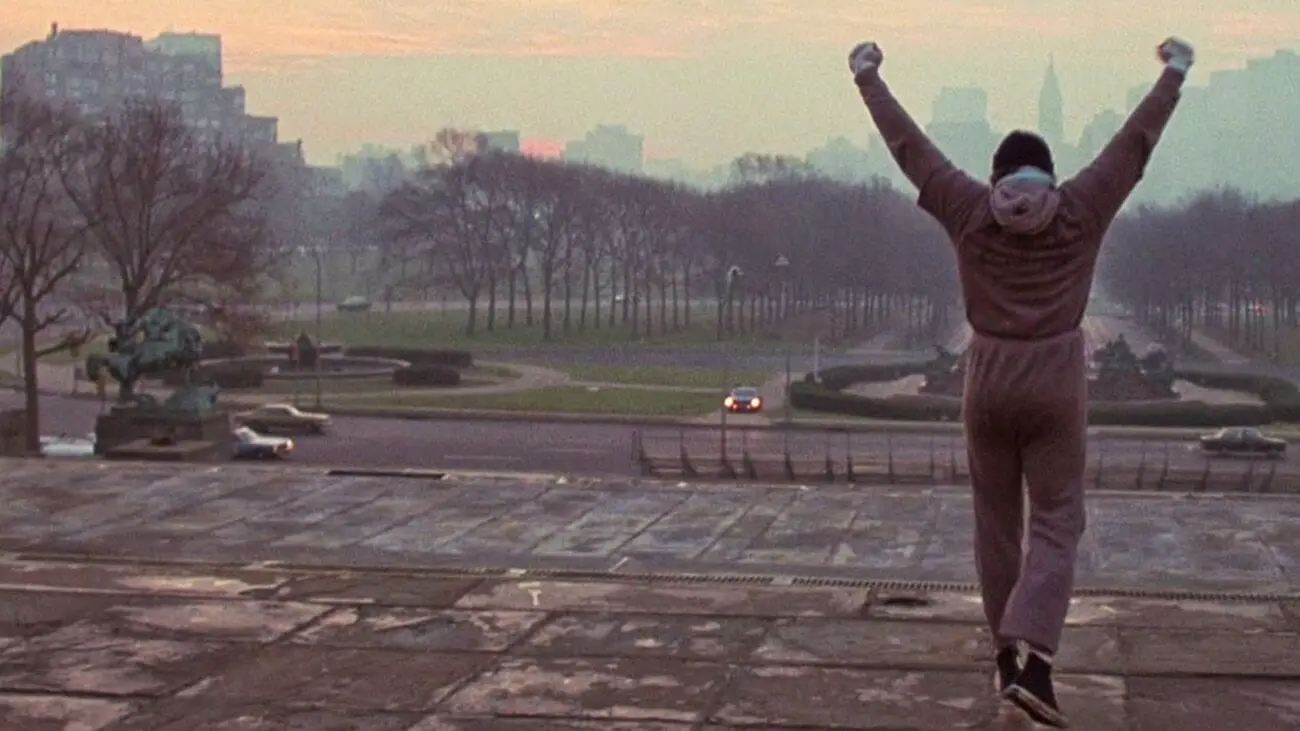
By 1977 the wave of New Hollywood that had produced the likes of The Godfather and The French Connection also spawned a trio of films that would change Hollywood forever. 1975 was dominated by Jaws (Steven Spielberg), a thrill ride based on the fear of a giant shark that some may have equated to the fear of a subconscious, relentless, predator. By 1976 Taxi Driver (Martin Scorsese) seemed the natural progression of the paranoid thrillers of the first half of the decade. Critically lauded, it (and President’s) was beaten at the box office and the Oscars by the second of these films. Rocky (John G. Avildsen) was a rags to riches story that aimed not to address America’s malaise, but to rise up above it and triumph personally—despite official verdicts. While still being a triumphalist feel-good film, Rocky still lost, and I feel this is where it tapped into the post-Watergate post-Vietnam feeling, by having the hero lose officially, but triumph morally. The following year, the last of the three direction-shifting films came out. With the cinematic land already made arable by Jaws, a space fantasy called Star Wars (George Lucas) reaped a cash crop like never before.
The brief rise of dark, socially conscious cinema fell away as adventures, romantic comedies and big-budget sci-fi and action took over. With the exception of The Deer Hunter (Michael Cimino, 1978) and Apocalypse Now (Francis Ford Coppola, 1979), Hollywood would not look at the decade long conflict in Vietnam until much later. Instead, the Reaganite 1980s ushered in a wave of muscular, triumphant, big budget films that would have dealt with the sorts of conspiracies seen in The Parallax View with a machine gun and a very bloody fight. While, more than ever, the individual was king, the government was not the enemy—that role was assumed by an assortment of villains: Russians, terrorists, or organised criminals. The rogue cop plied their trade to fight crime, not to uncover the corruption of the government or their superiors.
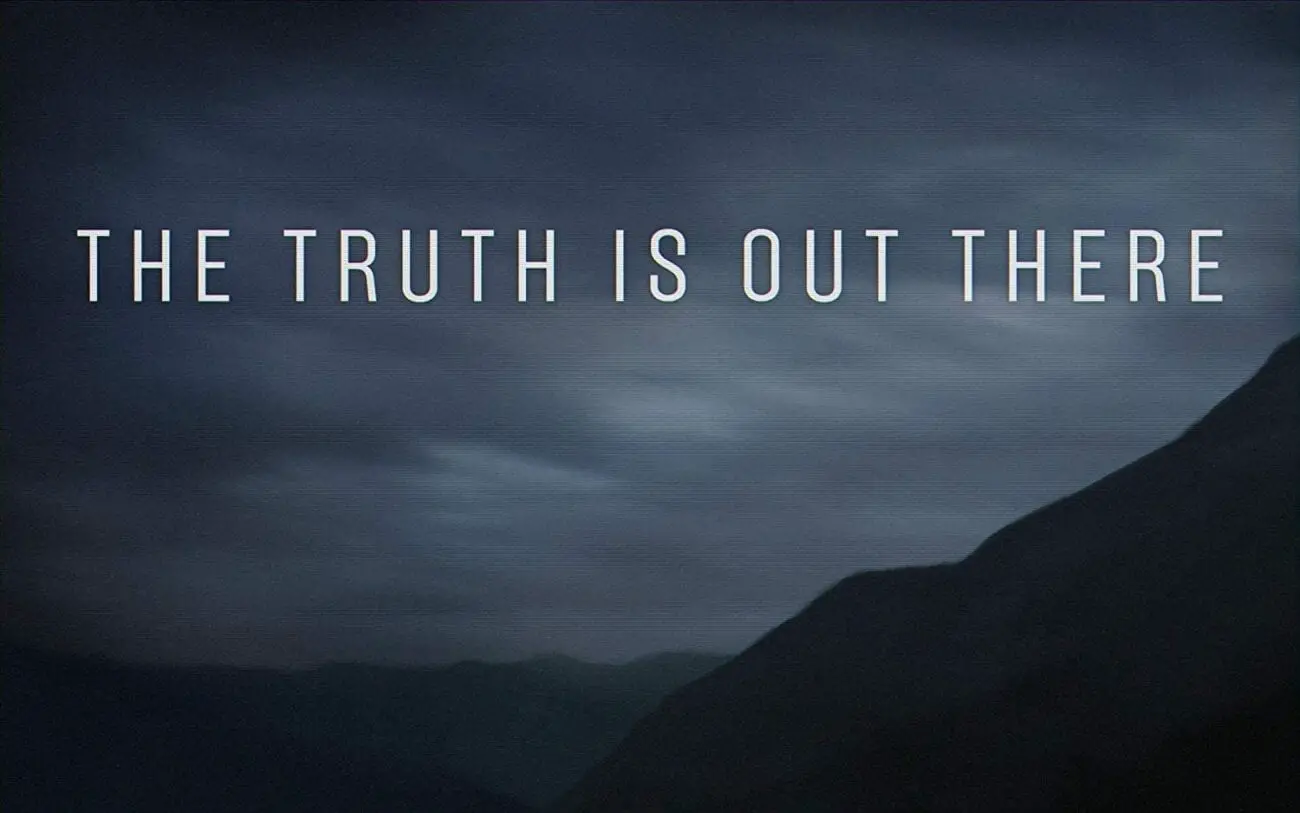
And yet, two factors came about in the 1990s that would lay the seeds of contemporary conspiracy theories—the smash hit TV series The X-Files (1993-2002) and the proliferation of the World Wide Web. I don’t need to go into how the internet has acted as a catalyst and main source of the levels of conspiracy theories, alternative facts and fake news that dominate the current political landscape. The X-Files’ success, though, fed on a latent distrust of the government, especially after such events as the Waco Siege (1993) and the Oklahoma City bombing (1995)—events that to this day are the subject of conspiracy theories. The heroes of this series were themselves FBI agents—government employees working to uncover lies and crimes committed by that same government. While mainly focusing on the UFO and alien abduction strand of conspiracy, the slogans “trust no one” and “the truth is out there” became call signs of the internet based truth-seeker that, in the past, would have been the investigative journalist or private detective who whispered “follow the money.” The internet allowed everyone to become detective, journalist and publisher, with near instant reach of far more than could have been imagined in the ’70s.
Another Crooked White House
So why are there no conspiracy thriller films in this age of fake news and rampant falsehood in certain news outlets, the internet and the White House itself? I would identify several convergent and mutually supporting causes.
Firstly, because it is so prevalent. What was called conspiracy during Nixon, such as presidential knowledge of a burglary, wire taps and secret slush funds to discredit rivals, was the province of the loner, the outsider—a fringe belief that was not shared by any others. These conspiracies were solely focused around actions of the President that he had covered up, that actually happened. Fast forward to the Trump era, and conspiracy has expanded to include (and here I will only briefly include some of the more prominent ones): Obama not being an American citizen, Obama placing spies in his campaign team, climate change is a hoax, Russian interference, death tolls of disasters and shootings and the colossal cluster that is Qanon and Pizzagate (a catch-all theory that posits a secret cabal of satan-worshipping cannibalistic pedophiles is running a global child-trafficking network that involves Democrats, Hollywood, the media and just about anyone that Trump does not like). These conspiracies are soundly and repeatedly debunked and increasingly absurd, without any physical basis or proof. They are not the province of journalists or investigators pursuing the truth of actions concealed by the President. Instead, they are theories shared in public forums, in mass rallies and from the President himself, usually via his twitter feed. As such it is no longer conspiracy, it is effectively a religion or cult, with the decrees of the leader taken, fathomed over and taken as gospel.
Secondly, because there is a fundamental difference between the personalities, presidencies and the conspiracies of Nixon and Trump. The conspiracy back then was actually the truth—Woodward and Bernstein were trying to uncover what had been secretly done by the President’s men. Nixon himself believed in many things that were unfounded and greatly exaggerated: that there was a vast conspiracy arrayed against him, from the Ivy League intellectuals, the press and broadcast media, the Kennedys, the anti-war movement, liberals and Jews. But Nixon never expressed these views publicly, it was only on the tapes that the extent of his paranoia and prejudice came out.
Trump may have harboured similarly paranoid convictions, especially about the (fake) news media and the so called Deep State, but unlike Nixon he made his beliefs very public. His intent was to have his supporters follow the mass of conspiracy theories online that he propagated, so they would come to believe he was the lone crusader against the evil system. Trump made the conspiracy theories mainstream, then made himself out to be the Jo Frady, the Woodward and Bernstein, fighting to drain the swamp, defeat the deep state, take on the establishment, and make America great again.
And because Trump made himself the lone crusader against the great conspiracy, this is one reason why there have been no Hollywood conspiracy movies about this White House so far—they would have to make him the hero. And in that there is no drama, no redeeming narrative, and very little in the way of reliable sources for a dramatic script.
Today’s Heroes
There has also been a considerable shift in what Hollywood sees as the hero. In Pakula’s films, Frady might have had a couple of brawls and a brief car chase, but overall these are not action flicks. Conspiracy minded films of the last two decades or so such as Enemy of the State (Tony Scott, 1998), the remade The Manchurian Candidate (Jonathan Demme, 2004), and the Bourne trilogy (2002-06) are packed with technology, action and violence.
Since Rocky, Hollywood has championed the lone hero who acts through violence: John McClane (Die Hard series), Martin Riggs (Lethal Weapon series), Ethan Hunt (Mission: Impossible series), Bond, Bourne—not including the franchises of sci-fi and fantasy that, with the explosion of CG technology, allowed ever bigger action sequences that dominated more and more of the run time. This seeding of action and violence as the route to solve problems, I would argue, laid the foundations for the dominant crusader for truth and justice in contemporary cinema: the superhero. The darkness of the films of the 1970s, with their flawed heroes and inevitable failure in the face of a shadowy conspiracy is not replicated in the commercial demands of contemporary cinematic heroes.
Conclusion
And so the golden age of paranoid conspiracy thrillers that came from the age of Watergate, Vietnam and Nixon is remembered as much as a golden age of cinema by many contemporary auteurs who cite the New Hollywood generation as their biggest inspiration. Perhaps, too, there is a nostalgia for an age when the President was ousted by crusading journalists, the same ordinary outsiders dismissed as conspiracy theorists. Then America could relax and turn to the uncomplicated triumphalism of Rocky and Star Wars. It may seem bizarre to have a nostalgia for an era of such crisis and corruption, but I fear that says more about the scale of the damage to the concept of truth and the nation as an entity that is prevalent today.


